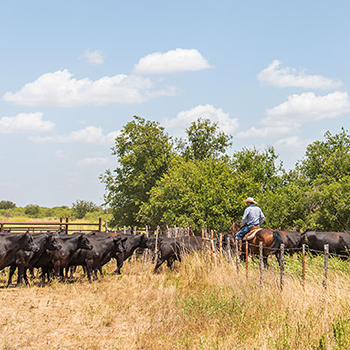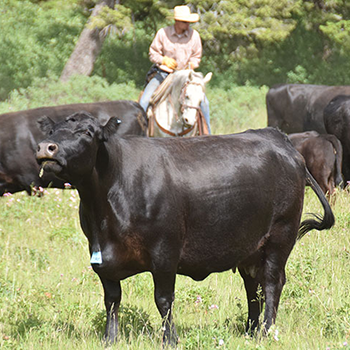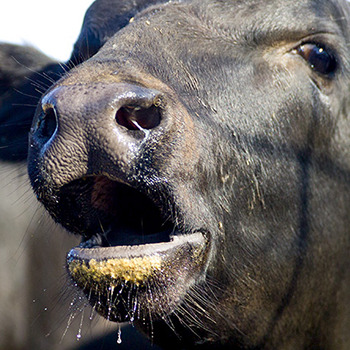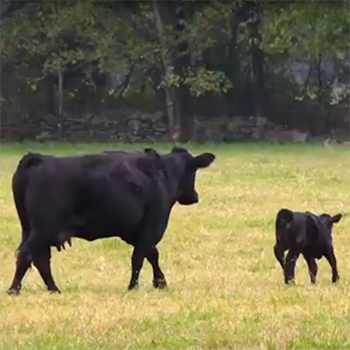ANGUS BEEF BULLETIN EXTRA
October 6, 2020 | Vol. 13 : No. 9
In the Cattle Market
Breaking down cattle-on-feed numbers.
Ahead of major reports, we like to suggest our students study pre-release or trade estimates to get an idea of what to expect. Then, they can observe any change in prices as the markets react to new information from the reports.
Before last week’s Cattle on Feed report, I studied the trade estimates to see if they were rational — that is, did they make sense? The average of estimates for cattle on feed on Sept. 1 was 103.4. When the report came out, the number was 11.4 million head, suggesting a slight disconnect. However, the estimates are usually a percent of the prior year’s figures. The National Agricultural Statistics Service (NASS) rounds its stated percentage changes to whole numbers, too, so one needs to use more detail to assess any disparity.
Thus, the 103.4 estimate was implying that this year’s figure would be 103.4% of the 2019 level of 10,982,000 head. The range of estimates was 102.2% to 103.9%, which when translated back to levels meant 11,224,000 to 11,410,000 head. Now, it seems unlikely anyone would provide such an odd or precise forecast amount. The odds are that somebody forecast 11,200,000 head and it was rounded to 102.2% (or something like that). We observe the rounded outcomes of the prior year’s level, not the raw forecasted level. Regardless, this is the convention that is followed. The on-feed estimate suggested a level above last year and consistent with moving through the COVID-19 disruptions from spring 2020. It made sense.
Were the estimates internally consistent? In other words, did the consensus placements and marketings align with the on-feed estimate?
The placements were estimated at 105.9% of last year’s placements. The range was 100.8% to 110.0%, which is commonly wide as placements are relatively hard to forecast. Analysts can observe feeder-cattle sales, but those do not have to all be bought by feedlots. Applying the average level to last year’s 1,884,000 head implied 1,995,000 this year.
The marketings were estimated at 96.6%, with a range of 95.7% to 97.5%. Marketings tend to track with observed slaughter levels, so the range is commonly narrow. Applying the average level to last year’s 1,953,000 head implied 1,887,000 this year.
Start with the Aug. 1 level on feed of 11,284,000, add the placements and subtract the marketings to reach 11,392,000. Then pause for a second and take off my guess at the unestimated other disappearance of 50,000 head to obtain 11,342,000. That is pretty consistent with the estimated on-feed level of 11,355,000.
The actual placements, at 2,057,000, are 109.2% of last August, higher than the average estimate and within the range of estimates. The actual marketings, at 1,892,000, are 96.9% of last August, also higher than the average estimate and within the range of estimates. The actual other disappearance was 55,000 and the actual on-feed total was 11,394,000 or 103.8% of last Sept. 1. No big surprises, but the placements were fairly close to the high end of the estimates. The placements were sharply higher for the 800-899 pound (lb.) weight class. These factors would likely be seen as pressuring feeder-cattle futures prices.
Editor’s note: Matthew Diersen is a risk and business management specialist for the Ness School of Management & Economics at South Dakota State University. “In the Cattle Markets” is provided by the Livestock Marketing Information Center available at www.lmic.info.







